Home>Articles>How To Draw Angles Without A Protractor Or Compass
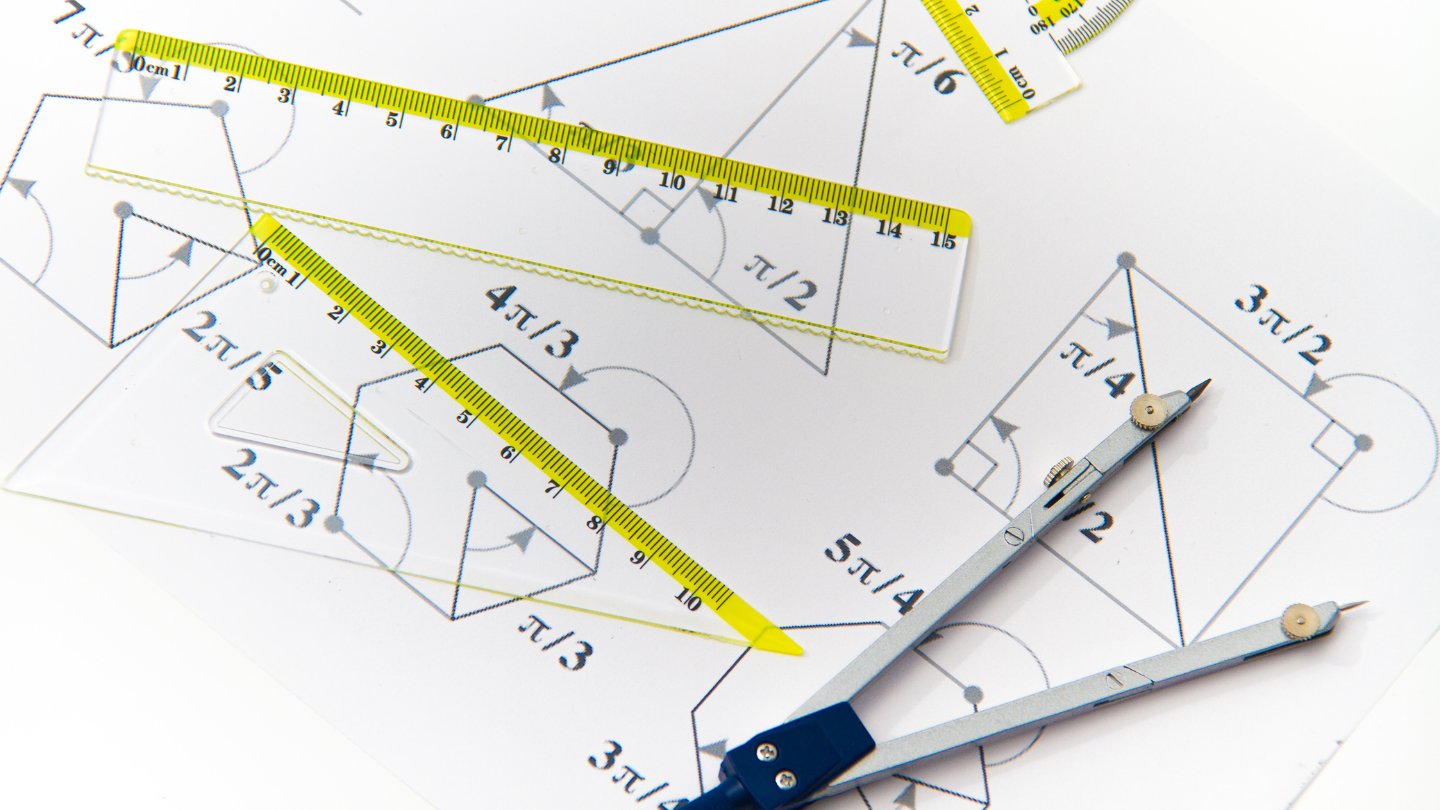

Articles
How To Draw Angles Without A Protractor Or Compass
Modified: October 18, 2024
Learn how to draw precise angles without the need for a protractor or compass with our informative articles. Master the art of angle drawing easily and efficiently.
(Many of the links in this article redirect to a specific reviewed product. Your purchase of these products through affiliate links helps to generate commission for Storables.com, at no extra cost. Learn more)
Introduction
In geometry, angles are an essential part of understanding shape and spatial relationships. They are formed when two lines intersect or when a line meets a point. Traditionally, tools such as protractors and compasses are used to measure and draw accurate angles. However, what if you find yourself without these tools? Luckily, there are alternative methods to draw angles without a protractor or compass.
In this article, we will explore five different techniques that you can use to draw angles using simple materials like a straight edge, ruler, paper, or even basic geometric construction techniques. These methods are perfect for situations where you need to quickly estimate an angle or don’t have access to specialized drawing tools.
Whether you’re a student studying geometry, an artist looking to incorporate accurate angles in your drawings, or simply someone who enjoys learning new skills, these techniques will come in handy.
So, let’s dive into the various methods you can use to draw angles without a protractor or compass.
Key Takeaways:
- Embrace creativity and resourcefulness by using simple tools and techniques to draw angles without a protractor or compass, expanding your understanding of geometry and honing your estimation skills.
- From paper folding to clockface references, known angle measurements, and geometric construction techniques, there are diverse and inventive methods available to draw angles with confidence and precision, even without specialized tools.
Method 1: Using a Straight Edge and a Ruler
If you have a straight edge, such as a ruler, you can use it to draw angles with relatively accurate measurements. Here’s how:
- Start by drawing a line segment to act as one side of your angle.
- At one end of the line segment, place the ruler vertically, aligning it with the line.
- Using the ruler as a guide, draw another line that intersects with the first line, creating an angle.
- Measure the angle using the markings on the ruler. Each marking represents a certain degree (e.g., 1°, 2°, 3°, etc.)
- If you need a more precise measurement, use the ruler to divide the angle into smaller sections and estimate the degree.
This technique works best for drawing acute angles (less than 90 degrees) and right angles (exactly 90 degrees). However, it may be difficult to accurately draw obtuse or reflex angles using this method.
Remember, practice makes perfect. With some experimentation and patience, you’ll be able to draw angles with greater precision using a straight edge and ruler.
Method 2: Using a Paper Folding Technique
Another simple and effective method to draw angles without a protractor or compass is by utilizing a paper folding technique.
- Take a blank sheet of paper and fold it in half diagonally, creating a triangle.
- Unfold the paper, and you will have a crease that represents a 45-degree angle.
- To draw other angles, you can fold the paper again, aligning the crease with one side of the angle you want to draw.
- Using the folded edge as a guide, draw your desired angle on the paper.
This method works because the folded paper creates a known angle that can be used as a reference to draw other angles. By aligning the crease with the desired angle, you can easily replicate it on the paper.
Keep in mind that this technique is most suitable for drawing acute and obtuse angles. Drawing reflex angles using this method might require larger sheets of paper or multiple folds.
The paper folding technique is a handy trick that can save you time and effort when you don’t have access to a protractor or compass.
Method 3: Using a Clockface or 360-Degree Circle
One of the oldest and simplest methods to draw angles without a protractor or compass is by using a clockface or a 360-degree circle diagram.
- Draw a perfect circle, representing a clockface or a 360-degree circle.
- Label the circle with degrees starting from 0 at the top and increasing clockwise up to 360.
- To draw an angle, start by locating the initial side of the angle on the circle.
- Next, count the number of degrees in a clockwise or counterclockwise direction to determine the size of the angle.
- Using a straight edge or ruler, draw the angle by connecting the initial side to the final side.
This method allows you to visually estimate angles by referencing the degrees on the circle. For example, if you want to draw a 60-degree angle, you would locate the initial side and then count 60 degrees in either direction before drawing the connecting line.
While this technique may not result in the most accurate measurements, it provides a good approximation, especially for larger angles.
Additionally, you can use this method to bisect angles by halving the degree measurement and drawing a line to the center of the circle.
The clockface or 360-degree circle method is a versatile and intuitive approach to drawing angles without specialized tools.
Use a ruler to draw a straight line. Then, use a protractor to measure the angle you want to draw. Use the measured angle to draw the same angle at a different location on the paper.
Method 4: Using Known Angle Measurements
If you have access to known angle measurements, you can use them as a reference to draw other angles. This method is particularly useful when working with geometric shapes or when you have a protractor with limited angle measurements.
- Start by drawing a line segment to act as one side of the angle you want to draw.
- Using your protractor or a known angle measurement, draw another line segment intersecting the first line, forming an angle according to the desired measurement.
- Next, remove the protractor or the known angle measurement, and using a straight edge or ruler, extend the lines from the drawn angle.
- The extended lines will intersect to form the angle you want to draw.
This method is especially useful for drawing specific angles or for constructing angles that are not easily divisible using other techniques.
For example, if you wanted to draw a 75-degree angle, you could use a protractor to create a 75-degree angle and then use the extended lines to complete the angle.
By utilizing known angle measurements, you can accurately draw angles without relying on a protractor or compass.
Read also: 15 Amazing Protractor And Compass for 2025
Method 5: Using Geometric Construction Techniques
Geometric construction techniques involve using basic geometric shapes and angles to construct more complex angles. This method is particularly useful when you need to draw angles with specific properties, such as bisecting an angle or constructing angles with specific ratios.
- Start by drawing a line segment, which will act as one side of the angle you want to draw.
- Using a compass, place the needle on the endpoint of the line segment and draw an arc that intersects the line.
- Next, without changing the compass radius, place the needle on the other endpoint of the line segment and draw another arc.
- The point of intersection between the two arcs will be the vertex of the angle you want to draw.
- Connect the vertex to the endpoints of the line segment to complete the angle.
This technique allows you to construct angles with specific properties, such as trisecting an angle or creating angles with specific ratios. By utilizing the principles of geometric construction, you can draw angles with precision and accuracy.
While this method may require more advanced knowledge of geometry, it can be a valuable tool when you don’t have access to protractors or compasses and need to draw angles with specific characteristics.
Experimenting with geometric construction techniques can deepen your understanding of angles and geometry while enabling you to draw angles creatively and accurately.
Conclusion
Drawing angles without a protractor or compass is not only a practical skill but also a creative exercise that can expand your understanding of geometry. The various methods outlined in this article provide alternative ways to draw angles using simple tools and techniques.
By using a straight edge and ruler, you can estimate and draw angles with reasonable accuracy. The paper folding technique offers a quick and versatile way to create angles using basic folding principles. A clockface or 360-degree circle provides a visual reference for estimating angles based on degrees.
If you have access to known angle measurements or are familiar with geometric construction techniques, you can draw angles with precision, regardless of whether you have a protractor or compass in hand.
Remember, practice is key to improving your ability to draw angles without specialized tools. As you gain experience, you’ll develop a better sense of how to estimate and construct angles more accurately.
So, the next time you find yourself without a protractor or compass, don’t let it hinder your ability to draw angles. Embrace these alternative methods and unleash your creativity in geometric constructions.
With a straight edge, ruler, paper folding, clockface references, known angle measurements, and geometric construction techniques at your disposal, you have a wide array of options to draw angles with confidence and precision.
Frequently Asked Questions about How To Draw Angles Without A Protractor Or Compass
Was this page helpful?
At Storables.com, we guarantee accurate and reliable information. Our content, validated by Expert Board Contributors, is crafted following stringent Editorial Policies. We're committed to providing you with well-researched, expert-backed insights for all your informational needs.
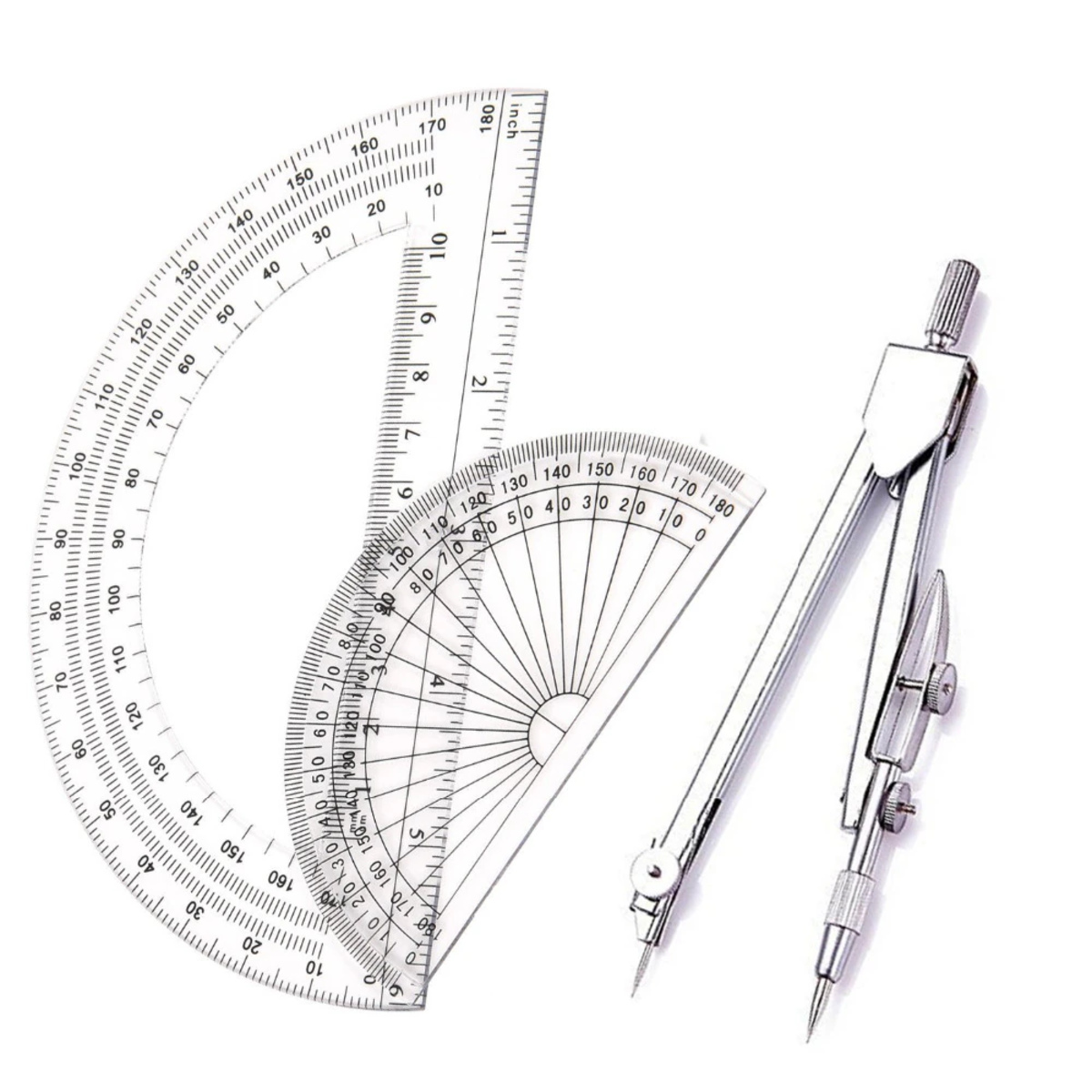
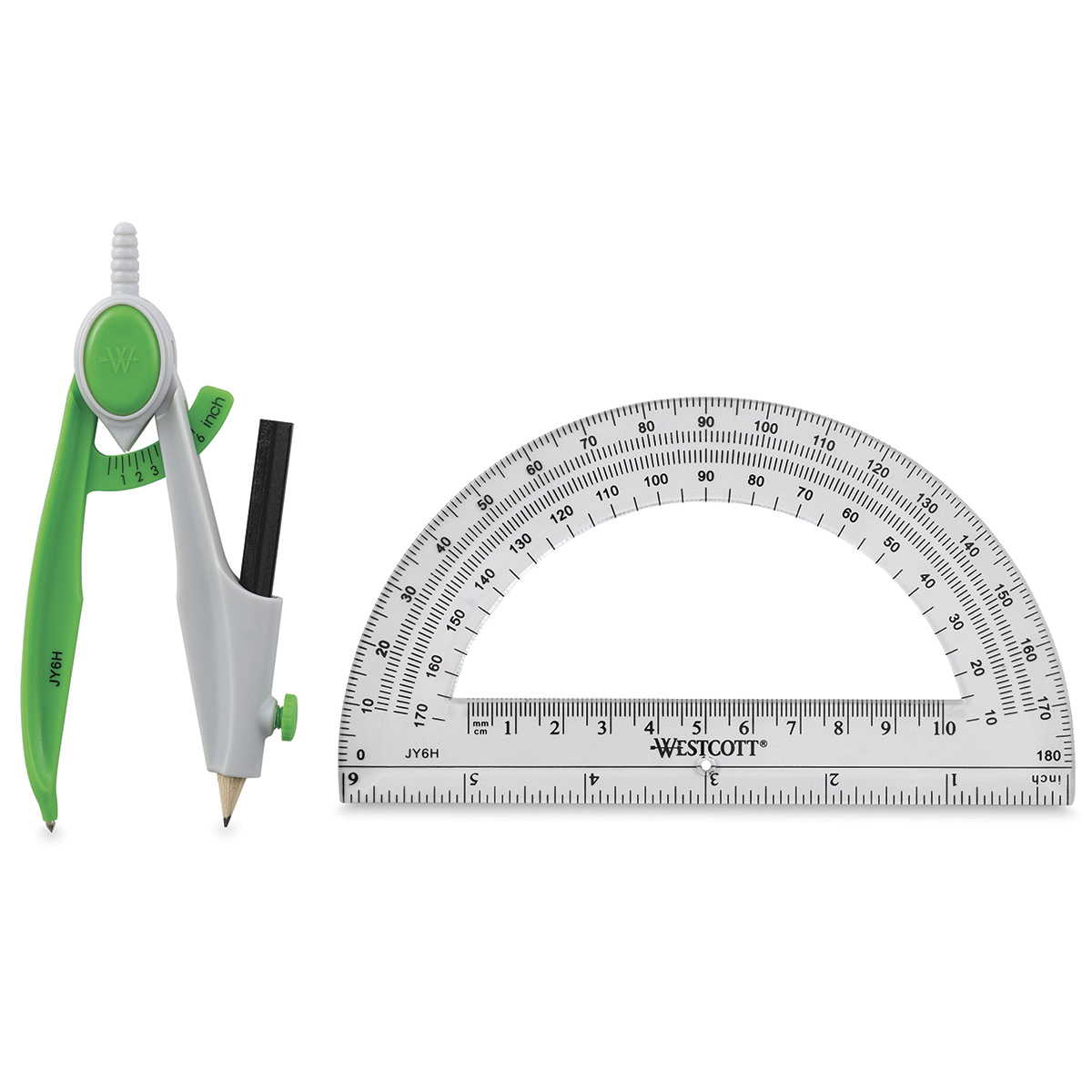
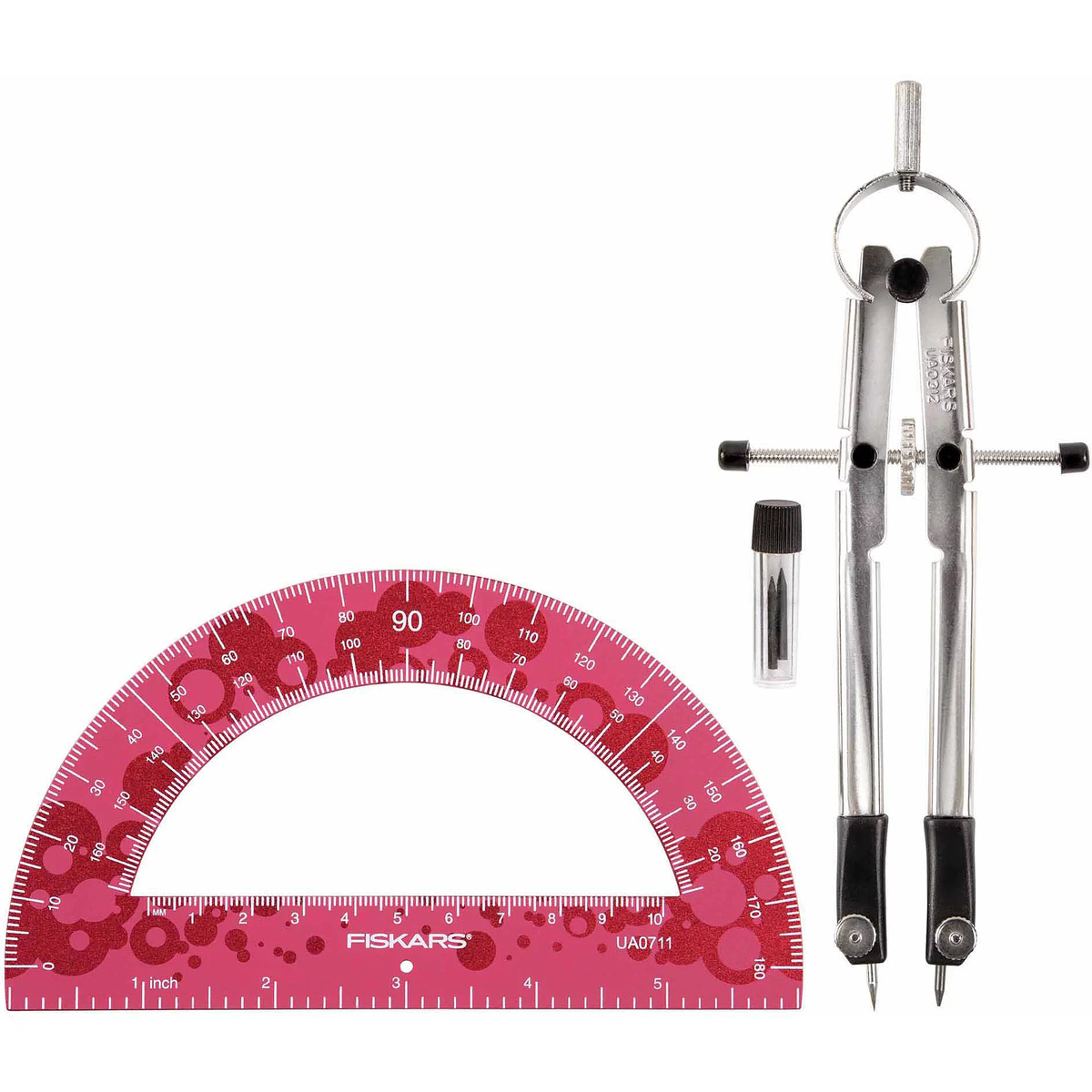

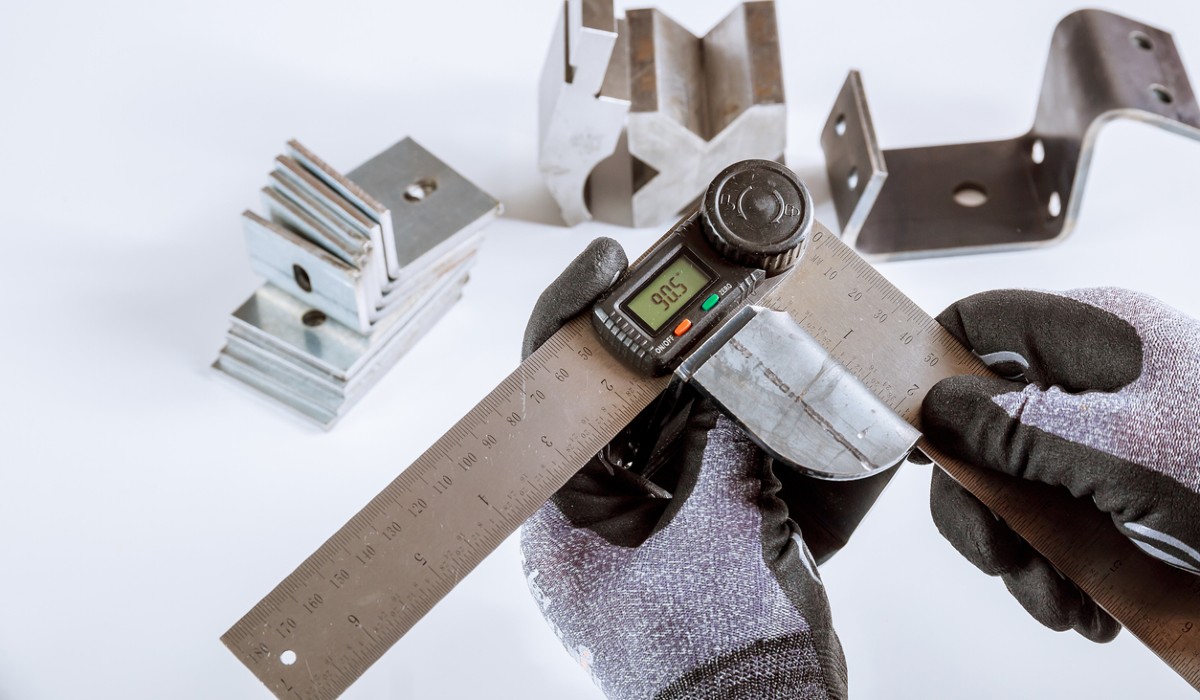
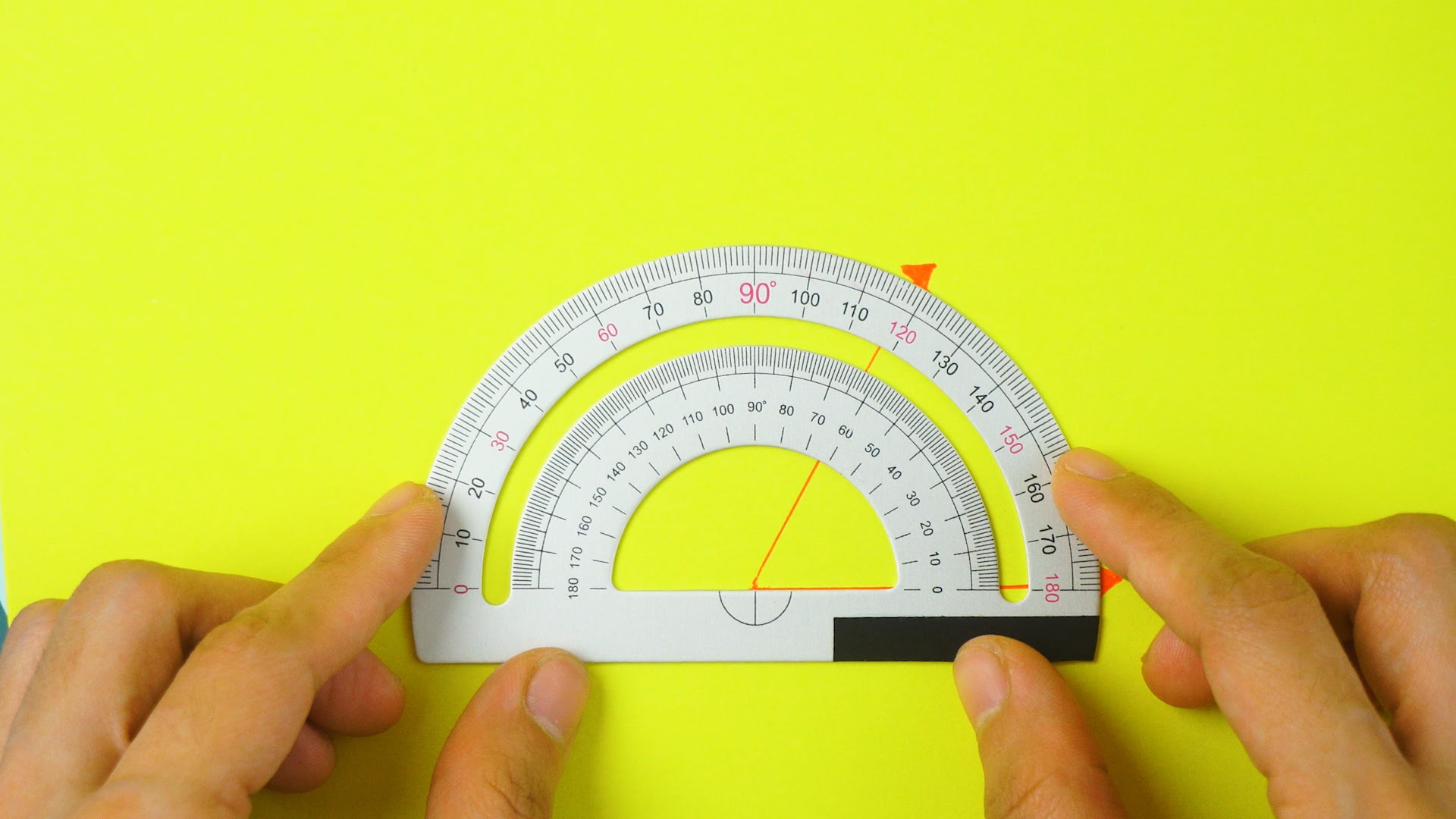
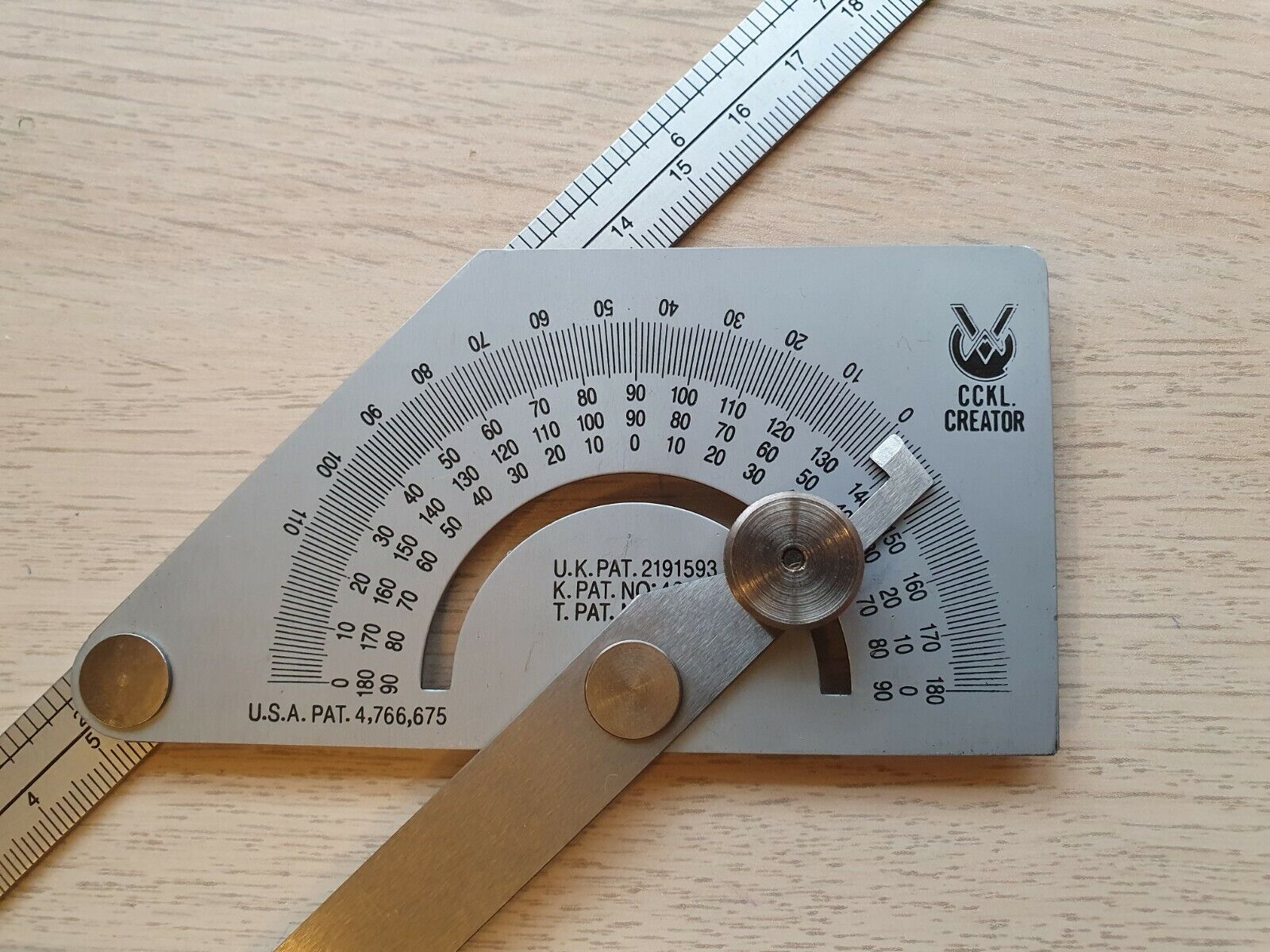

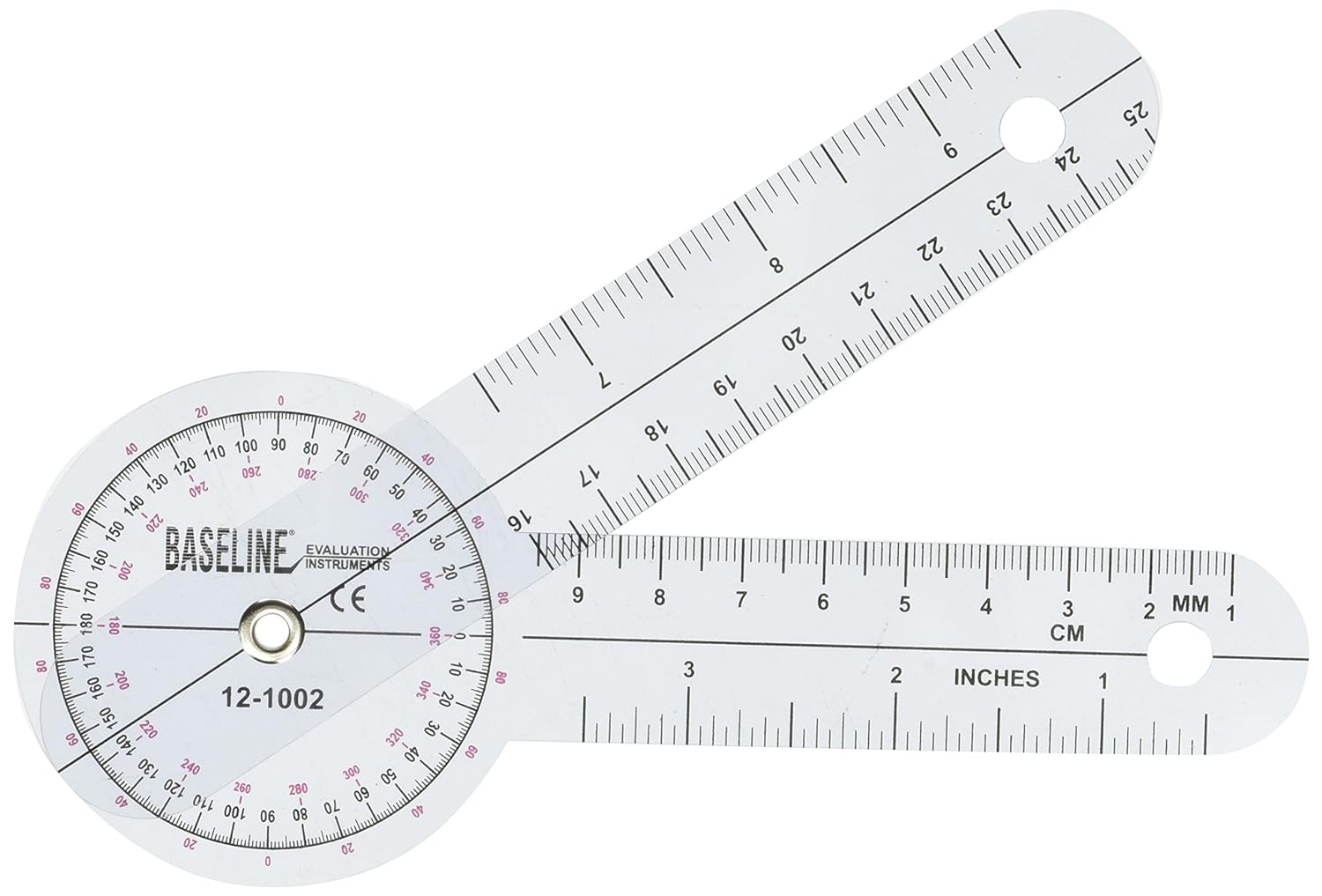
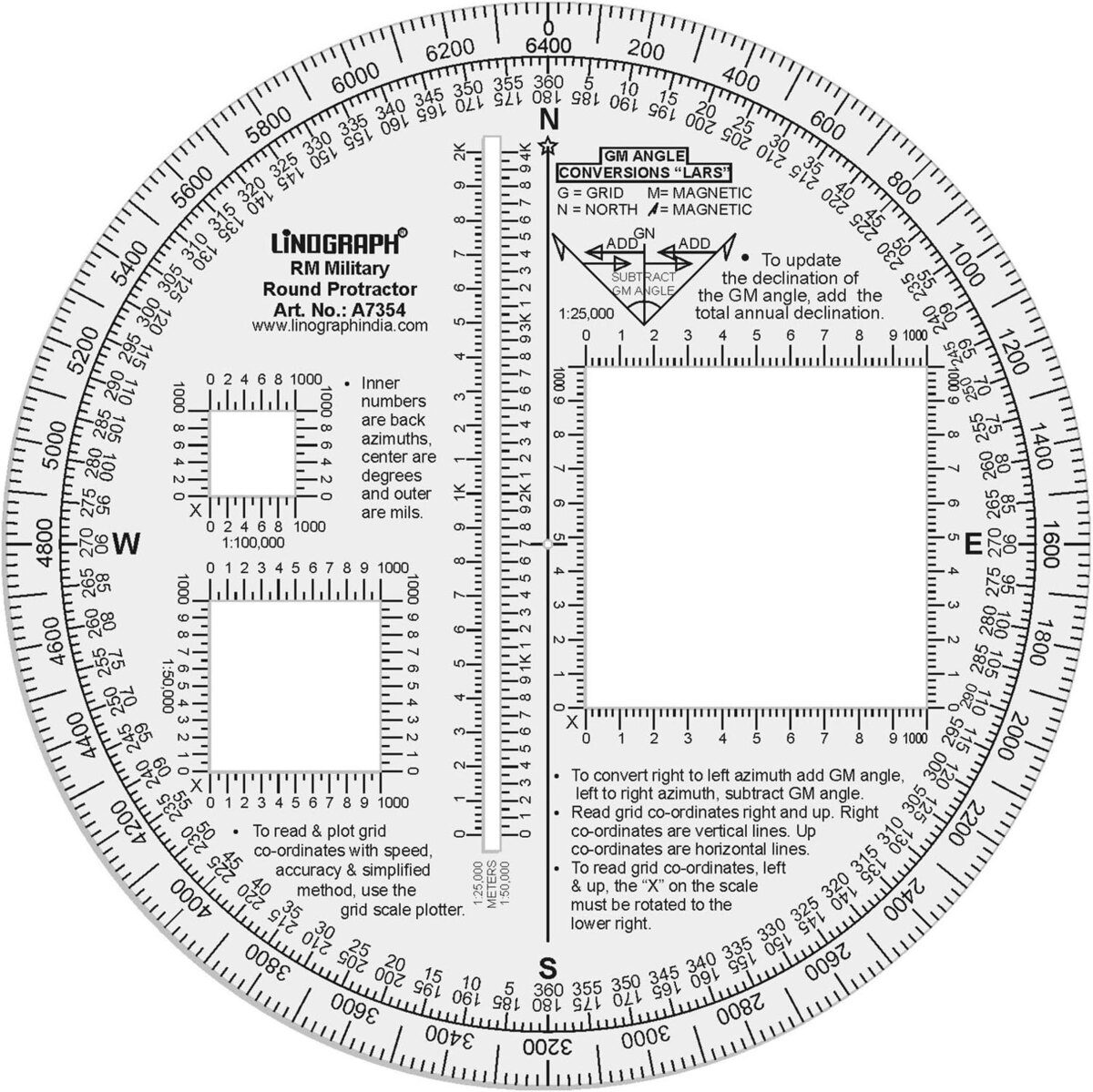
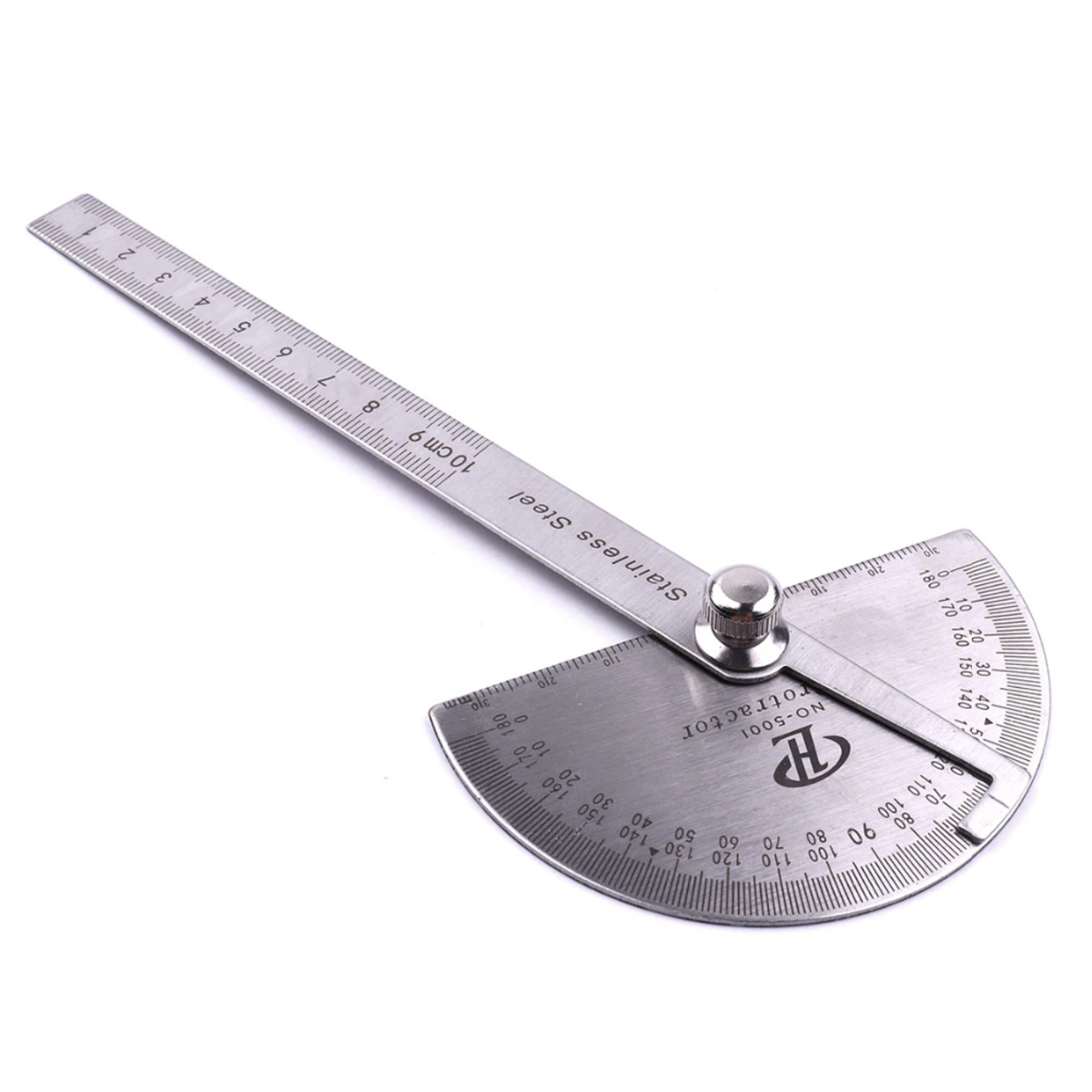
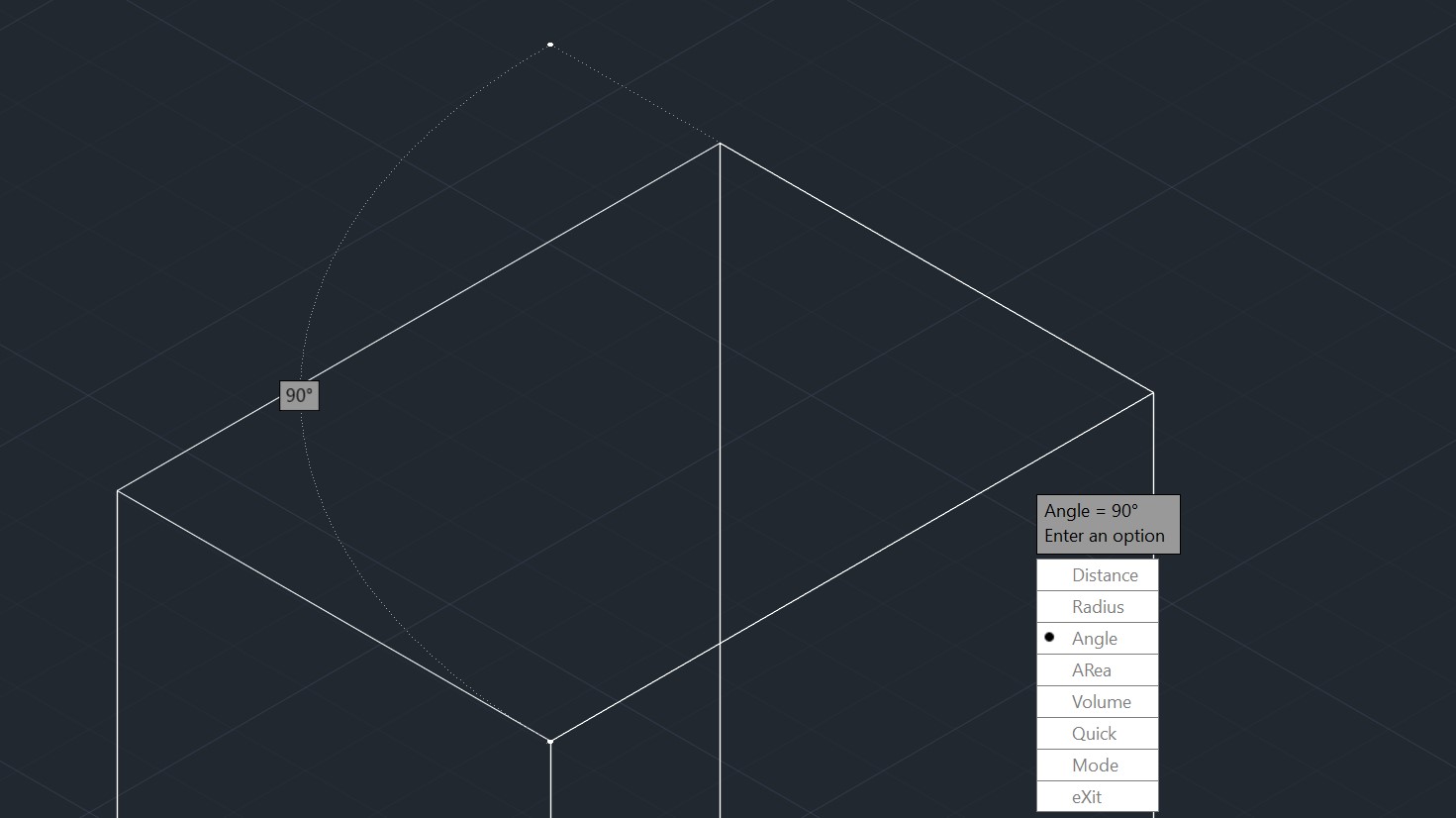

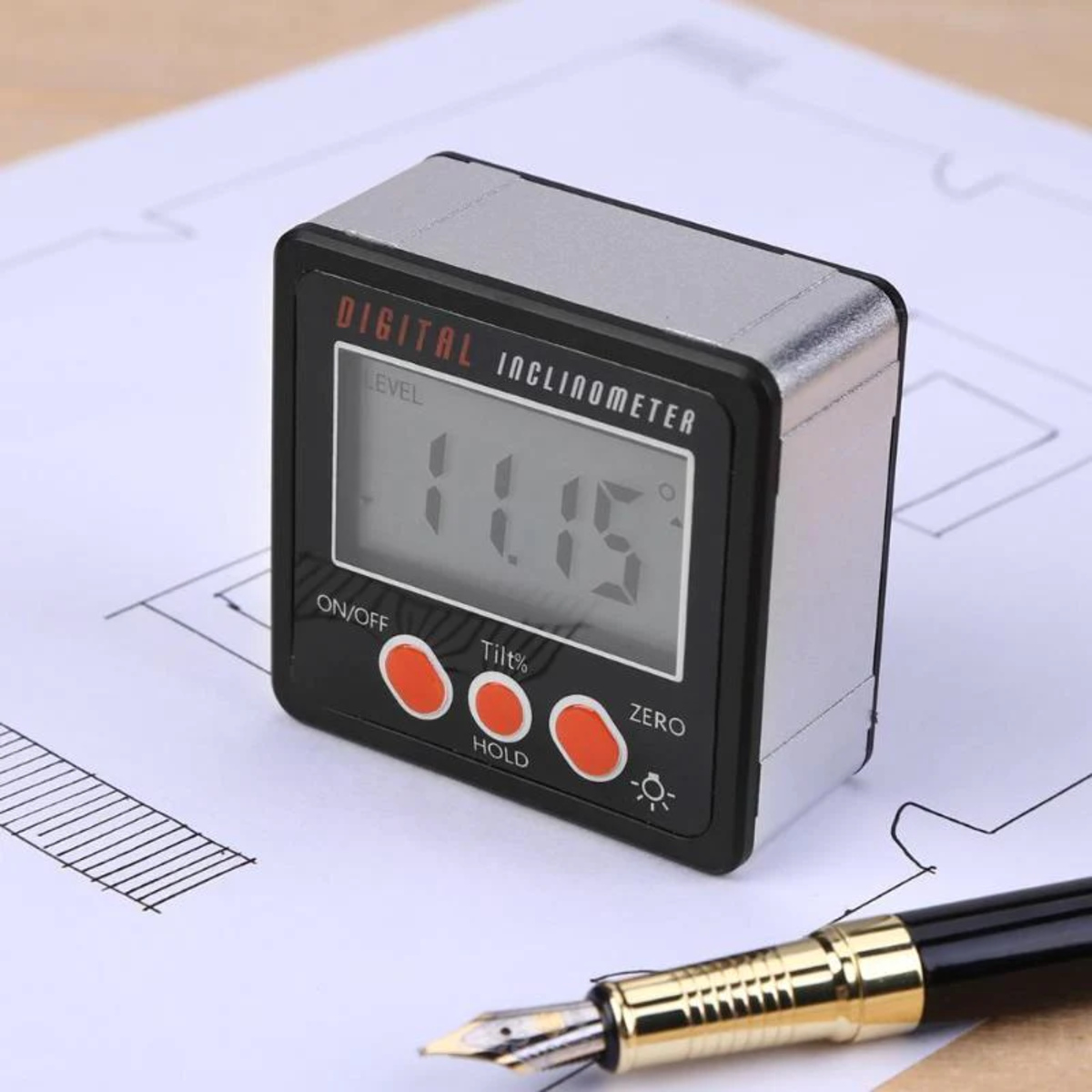

0 thoughts on “How To Draw Angles Without A Protractor Or Compass”